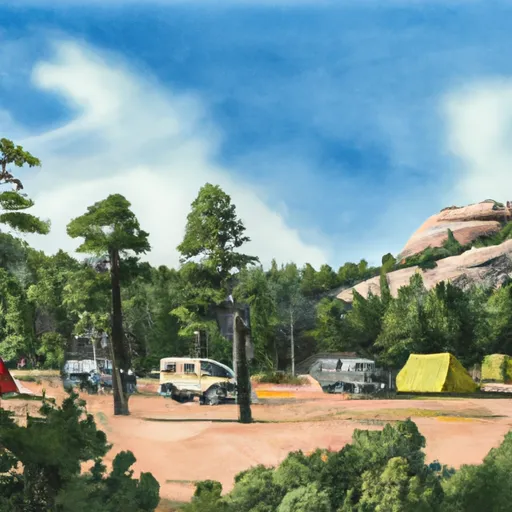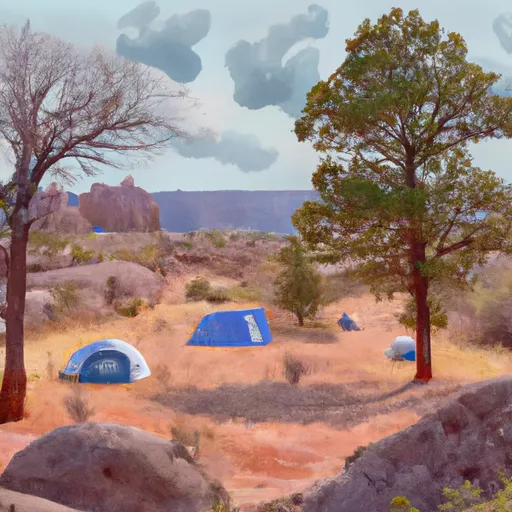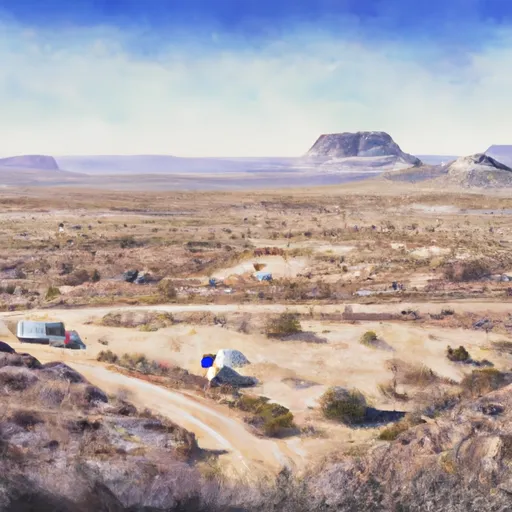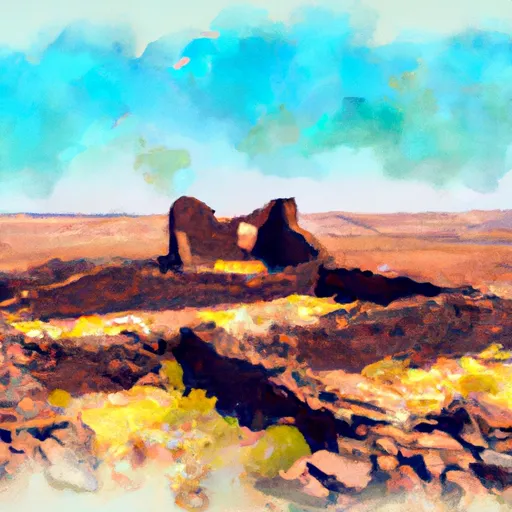Sunset Crater Volcano National Monument
Rate this placeLast Updated: January 2, 2026
Sunset Crater Volcano National Monument, located in northern Arizona, offers visitors a unique opportunity to explore the aftermath of a volcanic eruption.
°F
°F
mph
Wind
%
Humidity
Summary
Here is a summary of the monument, including reasons to visit, specific points of interest, interesting facts, and the best time of year to visit, all verified across multiple independent sources.
Reasons to Visit:
1. Geological Wonder: Sunset Crater Volcano National Monument showcases one of the youngest volcanic landscapes in the United States, with stunning lava fields, cinder cones, and volcanic ash deposits.
2. Hiking and Exploration: The monument offers several trails that allow visitors to hike through the lava fields, providing a chance to witness the regrowth of vegetation since the eruption.
3. Cultural Significance: This area holds great cultural importance to Native American tribes, and visitors can learn about their history, traditions, and the impact of the eruption on their lives.
Points of Interest:
1. Sunset Crater: The main attraction is the namesake cinder cone volcano, which erupted around 900 years ago, leaving behind a striking landscape. Visitors can explore the nearby Lava Flow Trail, a one-mile loop that passes through the lava field.
2. Lenox Crater: Another cinder cone located within the monument, Lenox Crater, can be ascended via a moderately difficult trail, offering panoramic views of the surrounding area.
3. Bonito Vista: This viewpoint allows visitors to observe the vast expanse of the Bonito Lava Flow and appreciate the contrasting colors created by the volcanic activity.
Interesting Facts:
1. The eruption that formed Sunset Crater Volcano occurred between 1040 and 1100 AD and was witnessed by the local Sinagua people. The eruption significantly impacted their lives and forced them to adapt their agricultural practices.
2. The volcano received its name due to the vibrant colors on its slopes at sunset, caused by the oxidized iron in the volcanic ash and cinders.
3. The monument is an excellent place for stargazing, as it benefits from dark skies and limited light pollution.
Best Time to Visit:
The best time to visit Sunset Crater Volcano National Monument is during spring (March to May) or fall (September to November) due to milder temperatures. Summers can be quite hot, reaching over 90°F (32°C), while winters can be cold, with occasional snowfall. It is advisable to check weather conditions and road accessibility before planning a visit.
In summary, Sunset Crater Volcano National Monument in Arizona offers a captivating experience for nature enthusiasts, geology lovers, and those interested in Native American history. With its breathtaking volcanic landscapes, unique hiking trails, cultural significance, and interesting facts, the monument promises an unforgettable visit.
Weather Forecast
Park & Land Designation Reference
Large protected natural areas managed by the federal government to preserve significant landscapes, ecosystems, and cultural resources; recreation is allowed but conservation is the priority.
State Park
Public natural or recreational areas managed by a state government, typically smaller than national parks and focused on regional natural features, recreation, and education.
Local Park
Community-level parks managed by cities or counties, emphasizing recreation, playgrounds, sports, and green space close to populated areas.
Wilderness Area
The highest level of land protection in the U.S.; designated areas where nature is left essentially untouched, with no roads, structures, or motorized access permitted.
National Recreation Area
Areas set aside primarily for outdoor recreation (boating, hiking, fishing), often around reservoirs, rivers, or scenic landscapes; may allow more development.
National Conservation Area (BLM)
BLM-managed areas with special ecological, cultural, or scientific value; more protection than typical BLM land but less strict than Wilderness Areas.
State Forest
State-managed forests focused on habitat, watershed, recreation, and sustainable timber harvest.
National Forest
Federally managed lands focused on multiple use—recreation, wildlife habitat, watershed protection, and resource extraction (like timber)—unlike the stricter protections of national parks.
Wilderness
A protected area set aside to conserve specific resources—such as wildlife, habitats, or scientific features—with regulations varying widely depending on the managing agency and purpose.
Bureau of Land Management (BLM) Land
Vast federal lands managed for mixed use—recreation, grazing, mining, conservation—with fewer restrictions than national parks or forests.
Related References

 USFS Bonito Campground
USFS Bonito Campground
 USFS O'Leary Group Campground
USFS O'Leary Group Campground
 O'Leary Group Campground
O'Leary Group Campground
 Bonito Campground
Bonito Campground
 Cinder Hills Off Highway Vehicle Area
Cinder Hills Off Highway Vehicle Area
 Bonito - Sunset Crater National Monument
Bonito - Sunset Crater National Monument
 Wilderness Strawberry Crater
Wilderness Strawberry Crater
 Wilderness Kachina Peaks
Wilderness Kachina Peaks
 Wupatki National Monument
Wupatki National Monument